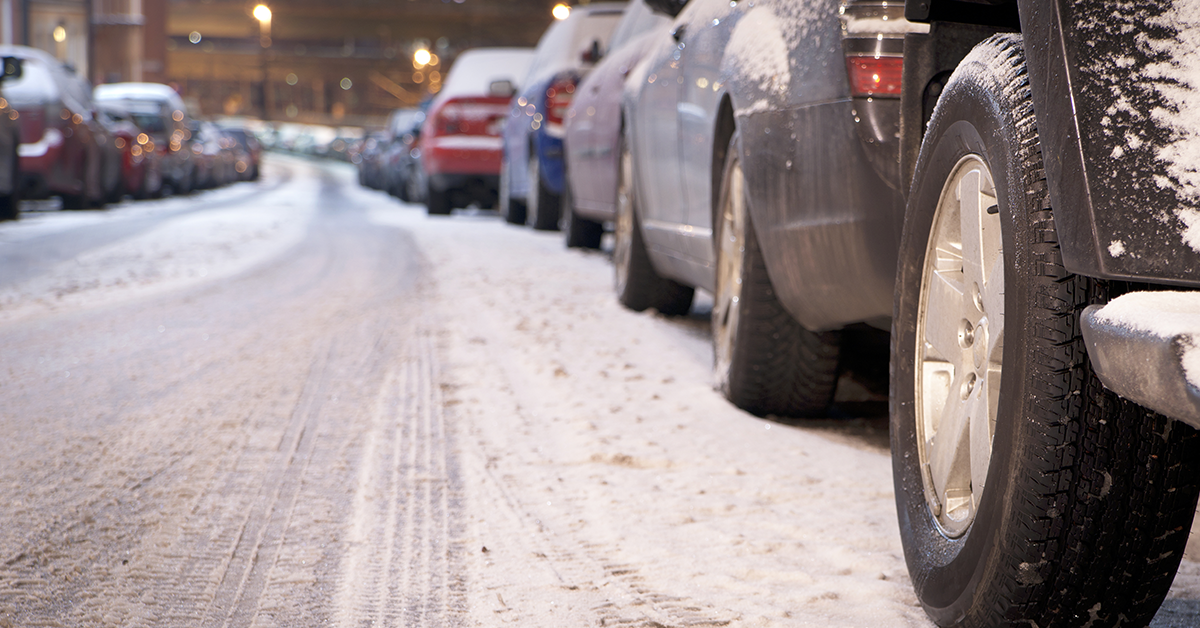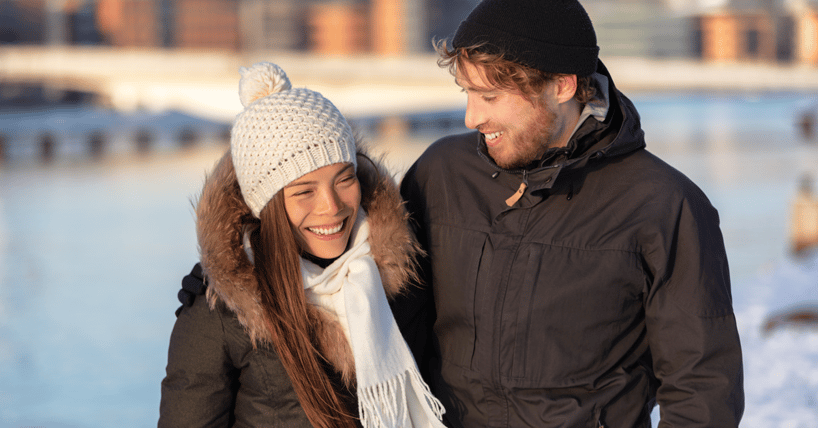
Dressing Warmly
While it might seem obvious, a common mistake people make is not wearing the right clothing when they go out in the cold. Always wear a base layer, made out of polyester, that will wick away moisture without evaporating. Next, put on a warmer, insulating layer that will keep the majority of your body heat where it matters most. An outer layer, like a down puffer jacket or wool coat, will help block out the wind, rain, and snow.
Don’t forget your hat, gloves, and warm socks! As much as 10% of your body heat escapes from the top of your head and it’s important to protect your fingers and toes from frostbite. Be sure to wear shoes or boots with enough tread to keep you safe from ice. Most falls in slick parking lots or on front porches can be easily avoided with the right footwear.

Winterizing Your Home
Setting aside time to make sure your home is ready for the cold can prevent accidents and significantly reduce your heating costs. First, have someone check your HVAC systems, space heaters, and fireplace to make sure everything is working safely and efficiently. Ask them to also inspect your heating ducts, which can leak up to 60% of warm air if not properly sealed.
Use weather stripping tape along windows and draft guards under doors to trap warmth inside. You can also run your ceiling fan clockwise (backward) to push hot air from the ceiling to the floor. Outside, clean your gutters of leaves and other debris to prevent harmful icicles and blocks of ice from forming.
Trim any loose branches off of trees that can easily fall on your house, car, or family members when weighed down by snow. Finally, remember to bring in your furry friends. Pets should never be left outside when the temperature drops below 40-degrees.
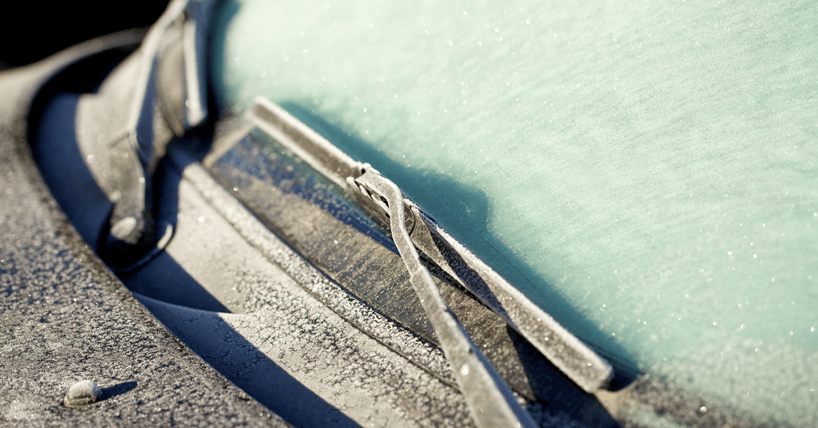
Winterizing Your Car
It’s crucial to keep your vehicle in top condition during the winter months. When was the last time you checked your antifreeze? Experts say it should be replaced no less than once a year. This is also the time to change worn-out windshield wipers, belts, and hoses that could easily crack in the cold.
If you don’t use snow tires, at least make sure that your tire pressure is at the manufacturer’s recommended level, giving you a better grip on icy roads. If you don’t have one already, put together a car emergency kit with jumper cables, think blankets, gloves, canned food, a battery-run cell phone charger, small candles, and matches. You will hopefully never have to use it but it’s important to be prepared.
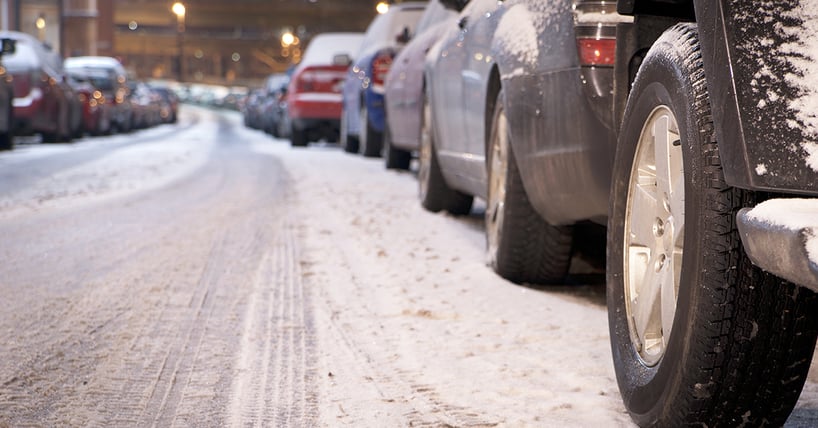
Driving In Icy Conditions
While you should always stay alert and minimize distractions when driving, it’s essential to take extra precautions when the temperature drops below freezing. The Federal Highway Administration estimates that ice on the pavement causes more than 150,000 accidents every year. To avoid being a part of this statistic, always check the weather before you depart to see if there will be a greater risk.
If ice is expected, drive slower than you may think you need to (no more than 45mph on the highway) and avoid areas of the road that look snowy or glassy. Bridges and overpasses are especially dangerous as they freeze faster from the top and bottom. Don’t panic and start to overcorrect if you do start to slide. Gently turn into the slide while pumping your brakes and you should gain traction soon.
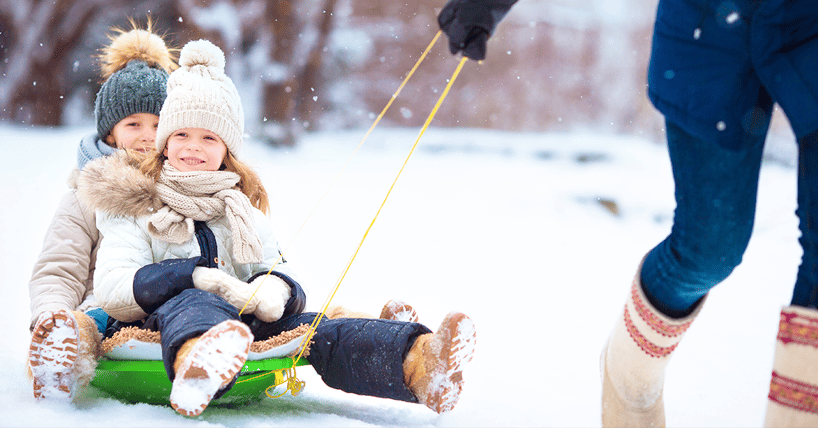
Sledding
Sledding down a hill, whether on an actual sled or on a simple trashcan lid, is a great way to make winter memories with your family. Make sure the run is clear from any rocks, branches, or other obstacles hidden in the snow that could cause harm at high speeds.
Even if everyone is bundled up, you should not stay in below-freezing temperatures for very long. Set a timer to take a soup or hot chocolate break every 30-60 minutes, swapping out wet clothing before going back outside. If your hands are chilly, it may be tempting to run them under hot water. This can easily cause burns as cold skin is more susceptible to heat. Instead, take a little more time using warm water.
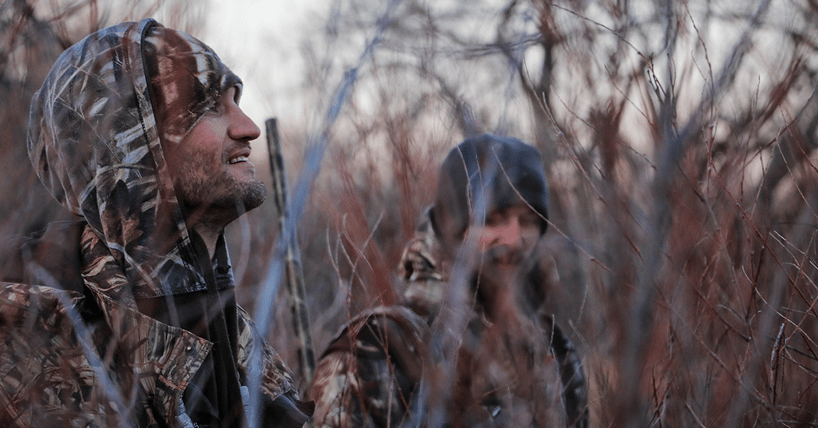
Hunting
When it’s freezing, it’s more vital than ever to follow hunting safety rules. Before you head out, follow Where/When/Who. Let a friend or family member where you will be hunting, when you plan to leave and return, and who you will be traveling with. Bring hand warmers to battle the cold instead of drinking alcohol that will actually make your body temperature decrease.
Finally, don’t be a hero! If you start to shiver, feel drowsy, and/or have a weak pulse, you could be getting harmful hypothermia. It’s better to return, get warm, and be safe than to stay out too long while waiting for the perfect tag.
A wise person once said that “safety doesn’t happen by accident.” With some simple planning, preparation, and common sense, you ensure that you and your family will stay warm and well this season.

